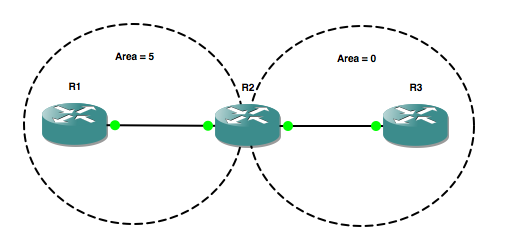Is CPU or ASIC responsible for forwarding?
I received the question below from reader Ned as a comment on my 24-port ASIC post and thought that the discussion was worth a post of it’s own. …Would you be able to speak a bit about the actual physical path or packet flow a packet takes inside the switch itself and how does the hardware forwarding take place within the switch and asic. When does packet get sent to the Asic. Is it happen on ingress or on egress? When…
